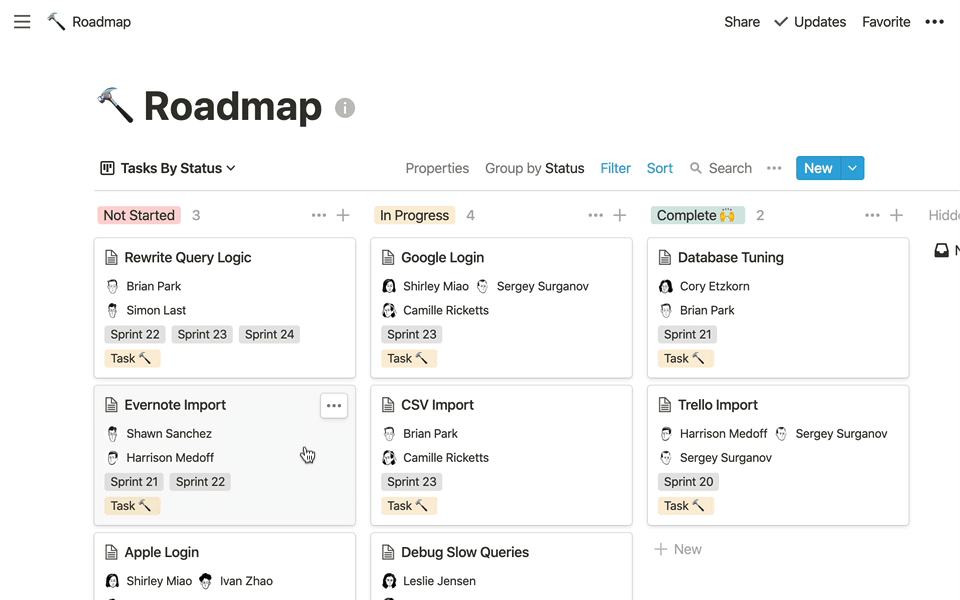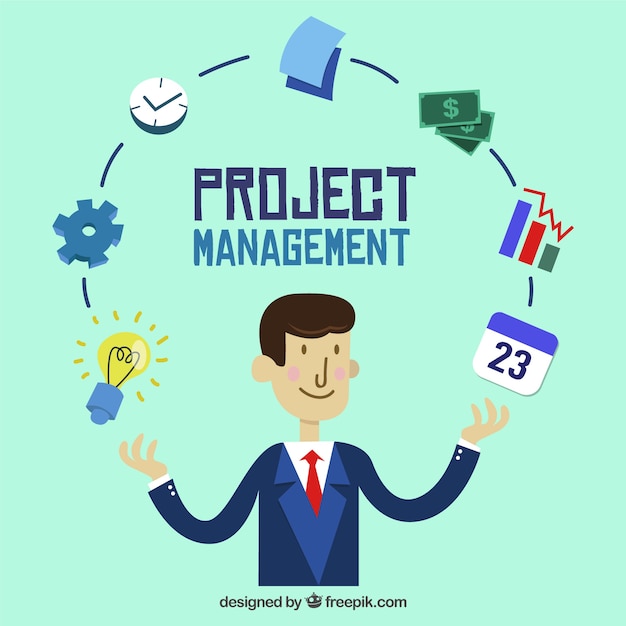

Within Vault → Bolts, create your Projects database.
#Notion project management free#
Feel free to tweet with any specific questions. For this exercise, you’re fine without the others, but you’ll likely want the aforementioned Buckets database. For the others mentioned, you’ll find independent guides on Notion VIP and videos on YouTube. Create your master databases.īelow, I detail the Projects, Tasks and Resources databases. The Bytes page is also likely to include databases of contacts, companies, multimedia and other useful collections. That includes a master Resources databases that centralizes the bulk of your information. The Bytes page stores information that supports your work you reference its databases. Most notably, the master Projects and Tasks databases live here, but the Bolts page can also contain objectives and key results, meetings and events, notes, and databases of specific timeframes, such as Months and Quarters, for summarizing information. Boltsĭatabases within the Bolts page represent progress.
“Finance,” “Marketing” and “Product Development” are common examples. If you’re familiar with PARA, buckets are like areas. Your buckets are the high-level categories of your work, often including teams, departments and clients.

The Buckets page is a database in itself. Here’s a brief overview of the Bulletproof approach to organizing your master databases:Ī top-level Vault page stores master databases among three sub-pages: Buckets I recommend a handful of master databases for every workspace this guide focuses on three - Projects, Tasks and Resources - while referencing a few others. create filtered views of that information within contextual dashboards.centralize your information in interrelated master databases then.Display projects and tasks contextually.Īs demonstrated in the Bulletproof methodology, my foremost recommendation for a Notion workspace is to:.


 0 kommentar(er)
0 kommentar(er)
